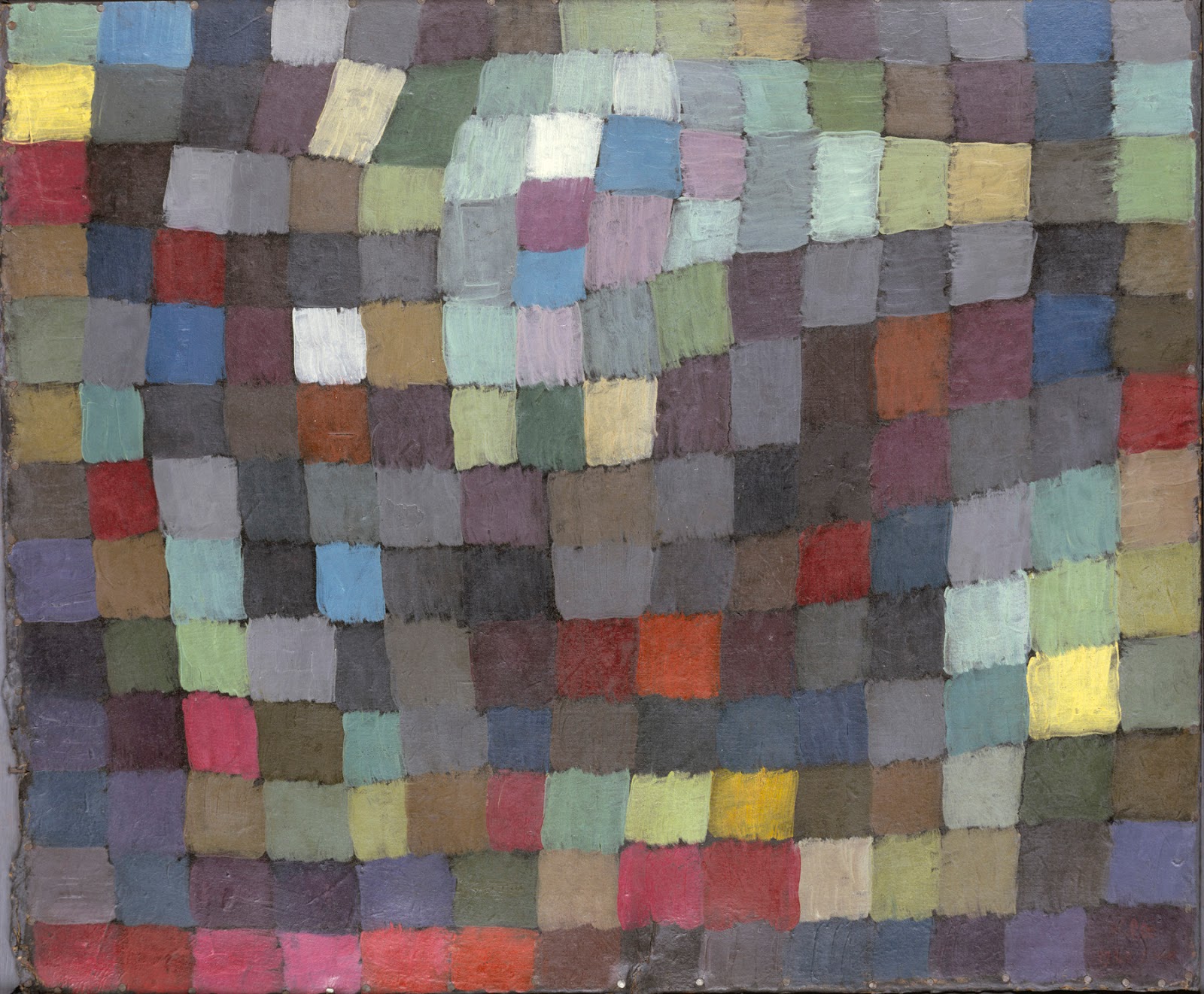 |
| Paul Klee, ‘Maibild‘, 1925 |
Sometimes we are as influenced and informed by the things we dislike as much as the things we like. I realized that all of my Artist of the Months have been regarding artists that have positively influenced my career and work, but have never mentioned the other side of the coin, the painters I dislike, and when it comes to painters I dislike, the first that springs to mind is Paul Klee (1879-1940). Now don’t get ahead of me, there’s a story.
In 1987 I was a 16 year old high school student studying art at a private academy. Our instructor was a brilliant man who had studied art in the 1940’s, gone off to fight in WWII, then came home and became the creative director for an advertising firm on Madison Avenue all through the 1950’s and 60’s, and I’m convinced was the inspiration for Don Draper on Mad Men. He was also a sculptor, in the vein of Henry Moore and David Smith. Mid century modern was his style, Even his 19th century mansion was painted stark white with white shag carpet, modern furniture and abstract sculptures everywhere. By the mid ‘70’s he sold his share in the firm, settled down to an early retirement with his wife and opened an art school.
 |
| Twittering Machine, 1922 |
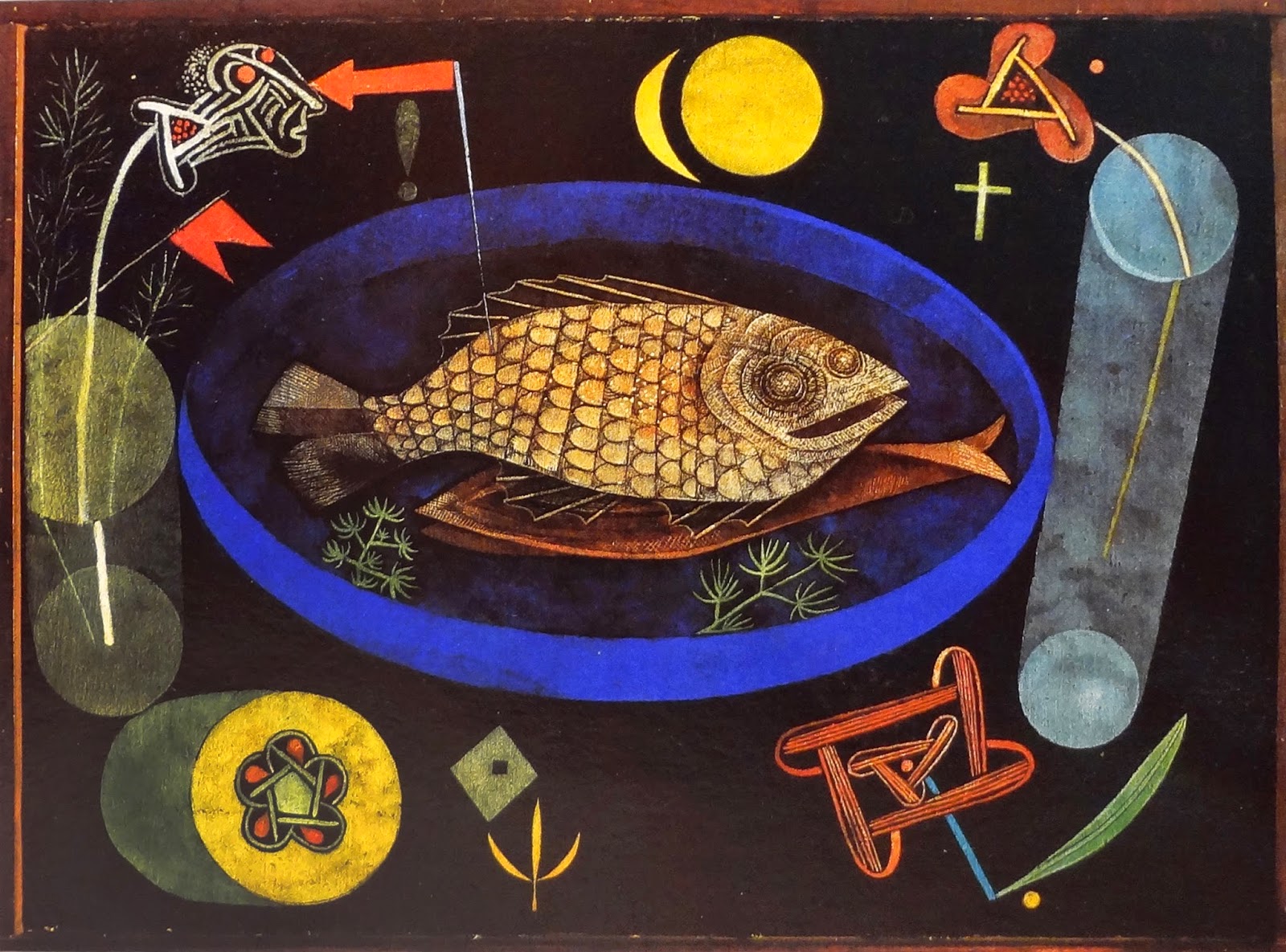 |
| Around the Fish, 1926 |
Now, as a young 16 year old artist it was my responsibility and obligation to rebel against the generation before me. This was the spring of 1987 and post modernism was swinging into the popular zeitgeist with artist like Baselitz and Schnabel filling the galleries of New York with Neo Expressionist works and electrifying young painters. At the same time The Museum of Modern Art (MoMA) was putting on a retrospective of Paul Klee, and our teacher insisted that we must go and see his work, because he was the greatest artist of the 20th century. So one Saturday, my friends and I dutifully trundled into midtown Manhattan, stood in line, paid the admission, and saw the Paul Klee retrospective. I have never been so underwhelmed by art in my life. Perhaps I had prejudiced myself to dislike it simply because I was told it was great, but I like to think that I had an open mind. I didn’t mind that it was abstract and modern, there were many of Klee’s contemporaries that I admired, but this was just boring. There was no soul, no heart. Cute, silly paintings that looked like they were rendered by a childish machine. When I returned to the academy the next week, I told my teacher in no uncertain terms that I disliked it. He tried to explain, tried to educate, but I refused. I didn’t like it, and there was nothing he could say that would change my mind. Finally he told me, “When you’re older, you’ll understand it.” That dismissive comment really burned me and I was more determined not to like Klee’s work.
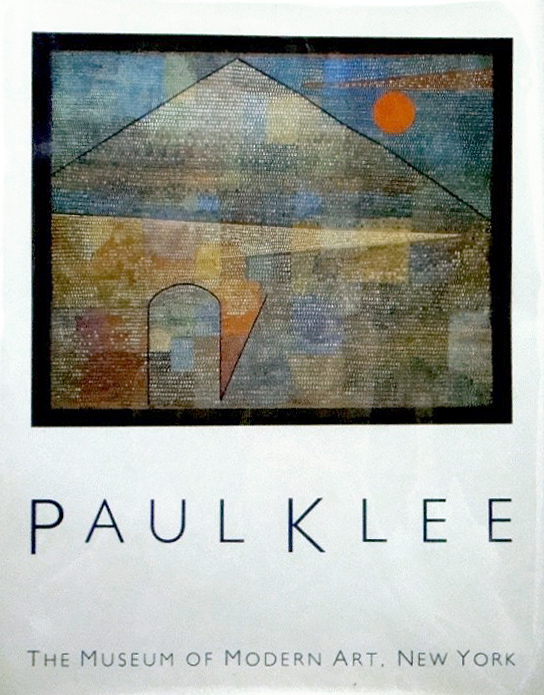 |
| 1987 Catalog for Paul Klee Retrospective at MOMA |
 |
| Head of Man, 1922 |
Its now almost thirty years later, and I routinely run into Paul Klee works in magazines and museums and constantly see his childlike stick renderings show up influencing children’s book illustrators. I have to admit, that I dislike his work just as much today as I did in 1987. No other artist has the same visceral dislike in me as Klee does. I understand his work, I appreciate his work, studied it in school and his influence on other artists, but I still can’t stand it.
Whatever the reason, this is a case of a negative reaction having a formative creative influence on my life. As I recoiled from Klee and his abstract surrealism, I moved toward realism, expressionism and the new post modernism. It was the first in a long series of similar encounters. Throughout college ALL of my teachers were modernists, having gone to school in the mid to late 20th century and I had to fight with each of them on why figurative art was not Evil. So I have Paul Klee to thank for beginning my push away from modernism and toward my 21st century career. My personal reaction does not make Klee’s work bad or inconsequential, and in no way diminishes his position in the canon of art history, but sometimes knowing what you dislike, and why, is as important as what you like.
Enjoy, go forth and learn!
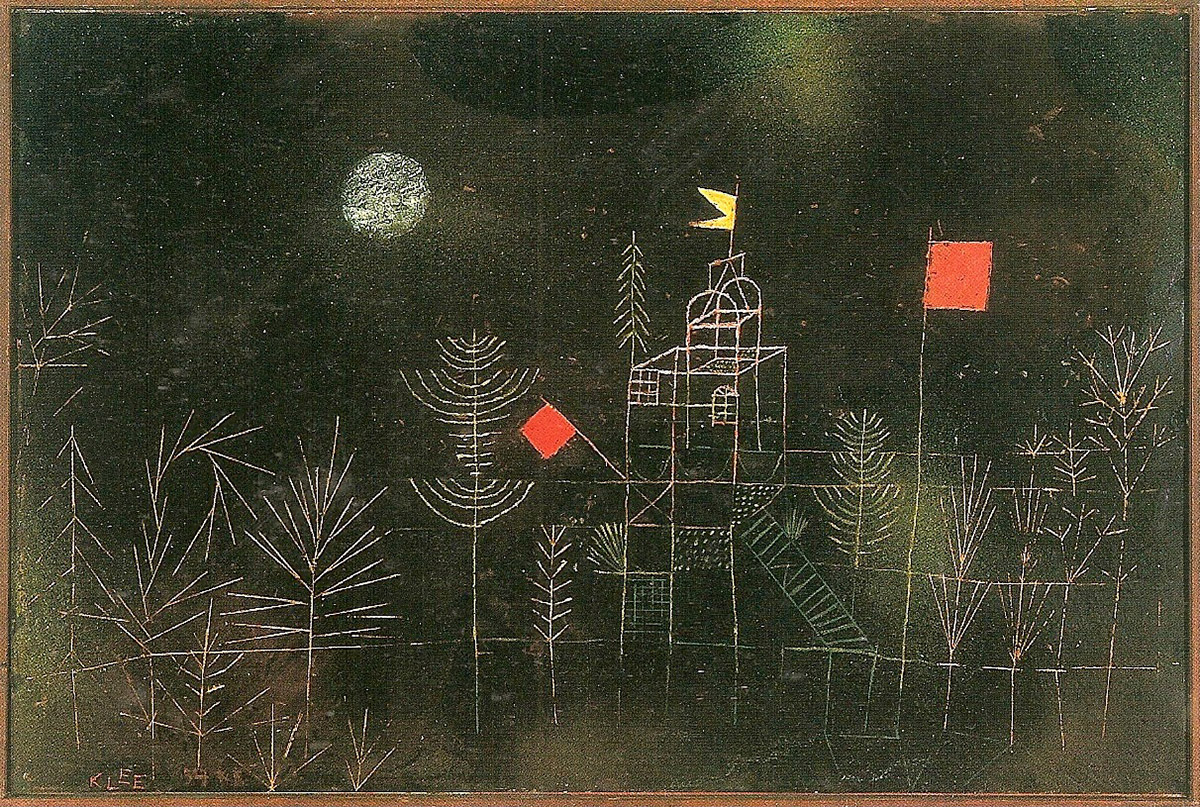 |
| Pavillion, 1927 |
 |
| Cat and Bird, 1928 |



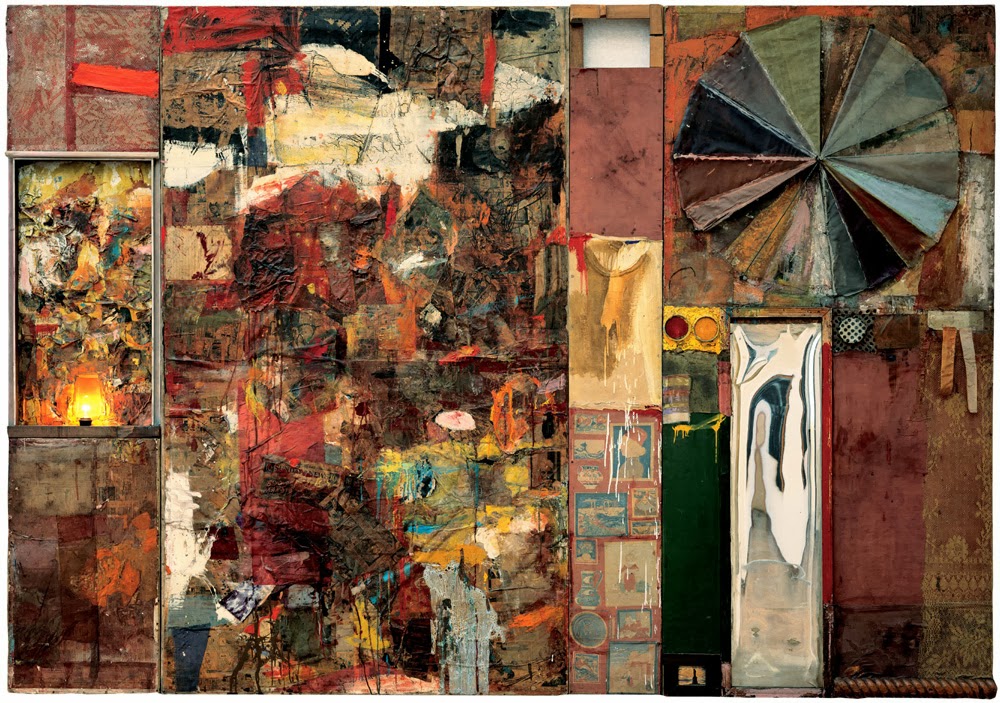
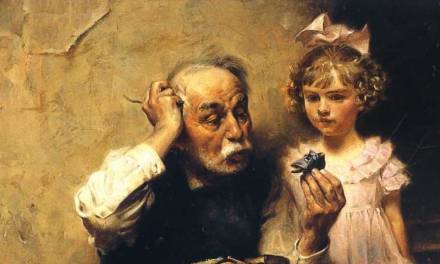
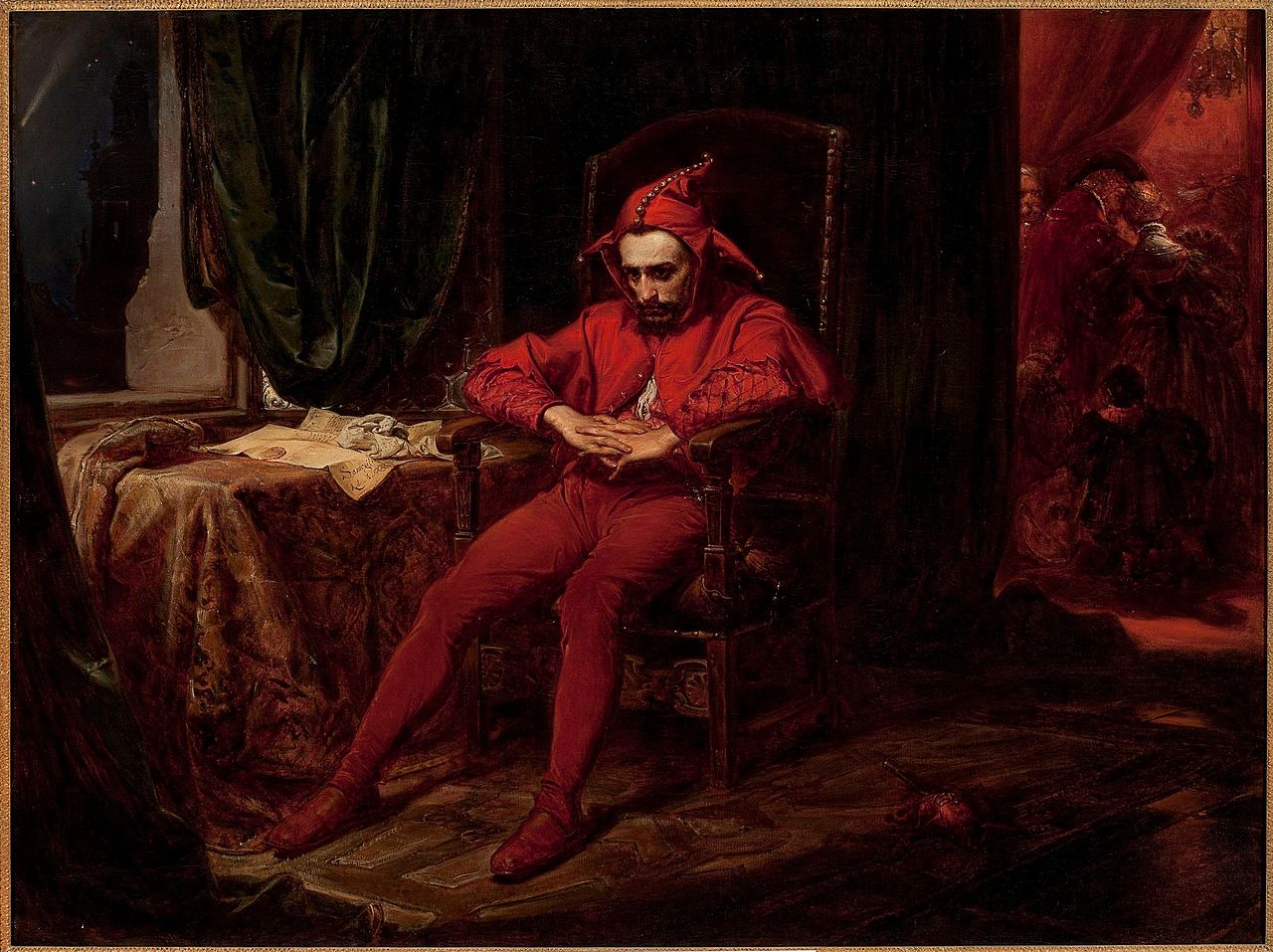
Thanks for this Post William.
I agree on the influence of work you don't like influencing where you go as an artist.
The artists I respect but do not always like, have reinforced the direction I am trying to go in.
I am very much influenced by present day artists and Illustrators of 1800's forward. Much of them are from the Illustrations of Pyle on.
It wasn't until James Gurney's Imaginative Realism came out that I could identify what kind of artists I was becoming. Though at IMC2010 I discovered this unknown artists I did not recognize and suddenly became intrigued and have found an affinity for: Manchesstic Suggestivity. Gregs ability to leave so much information in the stroke of a brush without finite detail is very intriguing and wonderful.
I am returning to IMC2014 this year, still very much the same part-time struggling artist I was in 2010 – this time under a Froudian influence… trying to figure out how to let them and all the other illustrators there help me find my place.
In some ways I can already feel the chaos in my head as I try to understand how to be myself but let other artists work guide me… But I think I am in the right place… its muddled, and foggy, but there is a direction and a sense of where I think I want to go – and most importantly – I am enjoying my work and I am inspiring myself with my failures and my successes. [Though this part time artists stuff -its so very very frustrating and difficult at times]
Sorry for the long post, sometimes you MuddyColor folks just push the right button, and “Blap!” before I can stop myself I’m writing all over the comment section.
Cheers, and thanks again, really appreciate the work all the Muddy’s do.
~Mike~
I guess this is where we split ways William. It is precisely Klee's playfulness that drew me to his work. When all the world eschewed humor in high art I found it in Klee's work. But this is also an example of my love for the art world. We can love, hate, understand, and not but the fact remains that we can. We no longer have to be told what to like or not in order to enter into the sacred halls of art.
I enjoy Klee as well, and enjoy many styles from realistic to modern/abstract. It's all a matter of what you like, and that's about all that can be said. I think I feel the same way about Donald Judd the sculptor. His cube sculptures never did much for me, and still don't. It may be possible that I can read a bit about them and form an appreciation for them on some level. And it might be that he's done some other work, I'm just not familiar with that I might like. Either way, there's enough good art out there for every taste. And that's the upside.
I'm glad you enjoy enjoy his work! He is playful!
I'm glad you enjoy enjoy his work! He is playful!
I'm always such an advocate of trying to find something good in every kind of art and artist that you can find, and always keeping an open mind, and I absolutely don't want to encourage anyone not to like it, but this always stuck with me. Its kind of like cauliflower…you either love it or you don't!
I'm always such an advocate of trying to find something good in every kind of art and artist that you can find, and always keeping an open mind, and I absolutely don't want to encourage anyone not to like it, but this always stuck with me. Its kind of like cauliflower…you either love it or you don't!
I'm personally bored beyond tears at paintings of dragons.
i'm with you!
i'm with you!
And *I* have no idea why but I like Klee a lot; equally visceral, I think. Which is fine, art is supposed to strike… or not… that part of your soul that doesn't speak in words anyway. If the artist has to write a manifesto to explain the work …s/he's doing it wrong.
Let's face it… if someone has to educate you on why you should like an artist's work then chances are the work is just plain bad. Yes… sometimes there is bad art.
I find work like this a con. Klee, Pollock, Rothko… all scams, in my opinion.
Art is communication, among other things, and if I need to understand the artist's life, or worldview, or even see a piece in the context of others works of the artists in order to like, love, or appreciate it, then the artist failed. The art failed.
…And I'm using the term “art” here in a very loose sense.
Here's a great read you might be interested in: http://www.amazon.com/The-Rape-Masters-Political-Correctness/dp/1594031215
I disagree one hundred percent with the thought that if you need to be educated about art then chances are it is just plain bad. As my education of the world has grown my tastes in art have expanded not shrunk. Cons or not the work of some of those artists have opened the art doors of today. I hate to say something so obvious but liking and appreciating/understanding can be two different things. There were con masters and band wagon jumpers in every period of art but there were also true risk takers and pioneers.
I too hate to state the obvious… but
Phesten, you are criticizing understanding (art) through education then turning right around and offering education (reading about it) to support your view. Just saying.
I can't imagine an art world where any kind of insight into it or about it is invalid or spells failure.
I get where you're coming from, Phesten, and agree… to an extent. If a piece of art is supposed to tell a story and the viewer can't understand that story without reading a description about it, then it failed as an illustration. But not very piece of art is narrative. Sometimes it's more conceptual, and in those cases, additional insight hopefully boosts the viewer's appreciation of said piece.
Thanks Dan- That's exactly right, some art is communication, some art is something else.
Thanks Dan- That's exactly right, some art is communication, some art is something else.
Thanks Bill. Greater understanding and education are always good things. You don't have to like it, but you should understand it.
Thanks Bill. Greater understanding and education are always good things. You don't have to like it, but you should understand it.
Thanks everyone. I like the lively discussion. I encourage everyone to make a rigorous effort to learn and understand all about all kinds of art, (especially the ones you don't like), so that you always have a sound and fundamental education about all types of art. As a story, my wife is not an artist, and hated Modern art when I met her because on the surface it didn't make sense, until she learned that she could read and study about the artists and what they were trying to accomplish, the manifestoes, the theories and mission statements. The paintings became like diagrams in a text book , and now she prefers modern art because its much more academic and understandable in a purely contextual way and not just as her personal reaction. Watching her learn to appreciate art in this way, taught me a lot, and aloud me to enjoy modern art much more.
Thanks everyone. I like the lively discussion. I encourage everyone to make a rigorous effort to learn and understand all about all kinds of art, (especially the ones you don't like), so that you always have a sound and fundamental education about all types of art. As a story, my wife is not an artist, and hated Modern art when I met her because on the surface it didn't make sense, until she learned that she could read and study about the artists and what they were trying to accomplish, the manifestoes, the theories and mission statements. The paintings became like diagrams in a text book , and now she prefers modern art because its much more academic and understandable in a purely contextual way and not just as her personal reaction. Watching her learn to appreciate art in this way, taught me a lot, and aloud me to enjoy modern art much more.